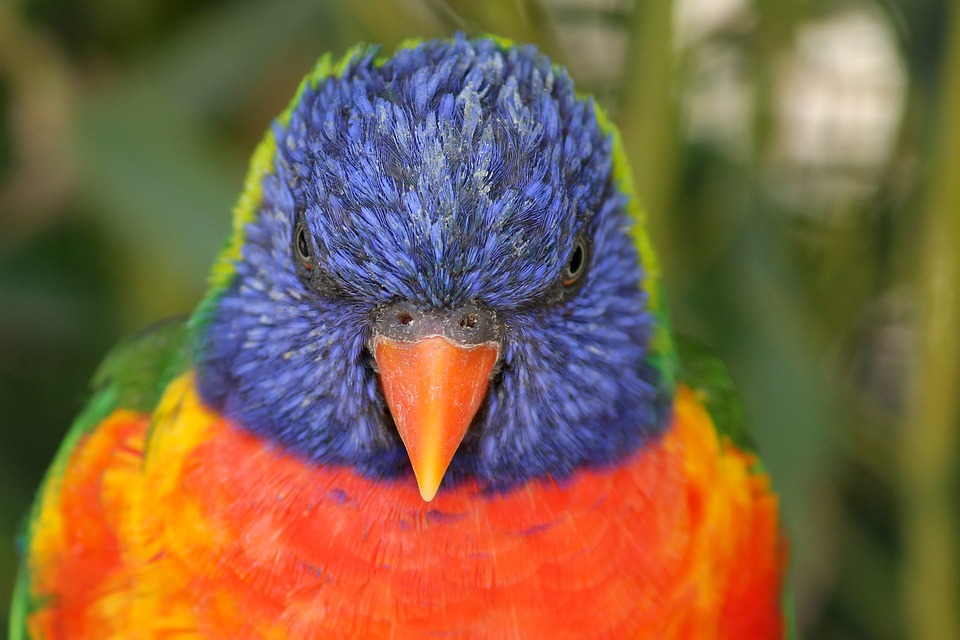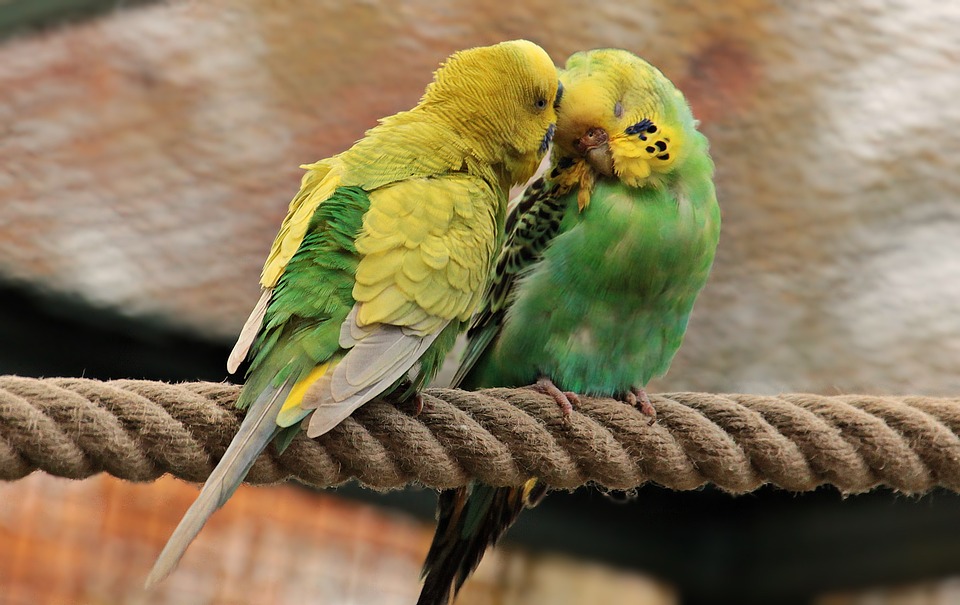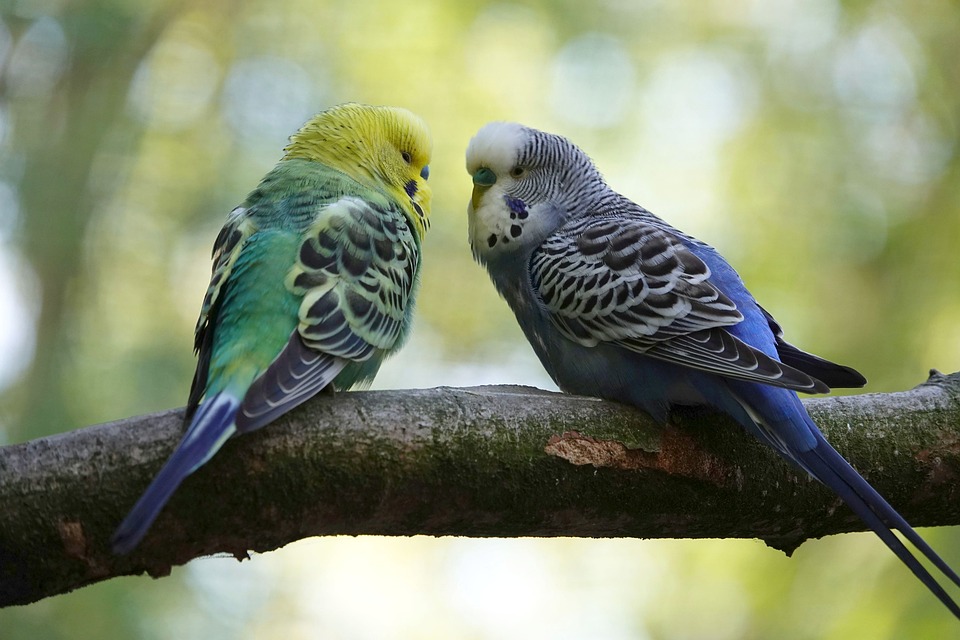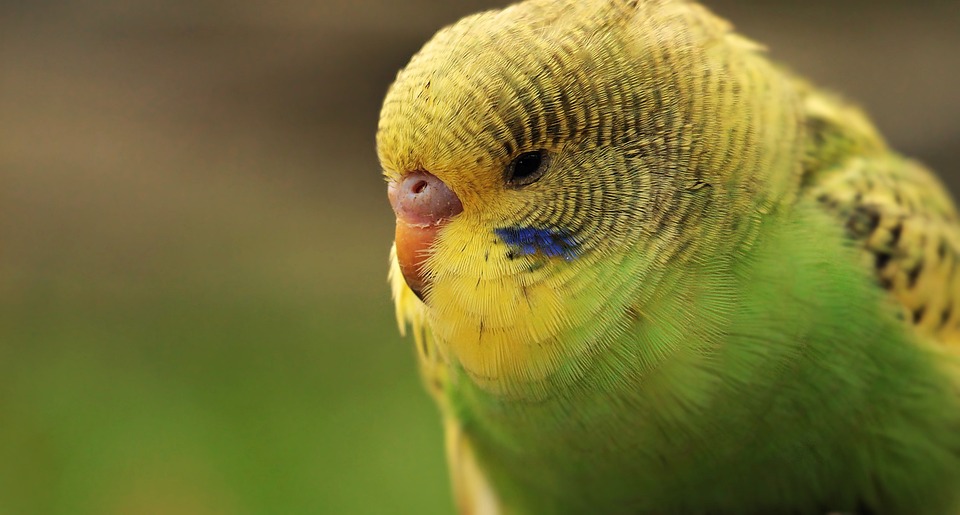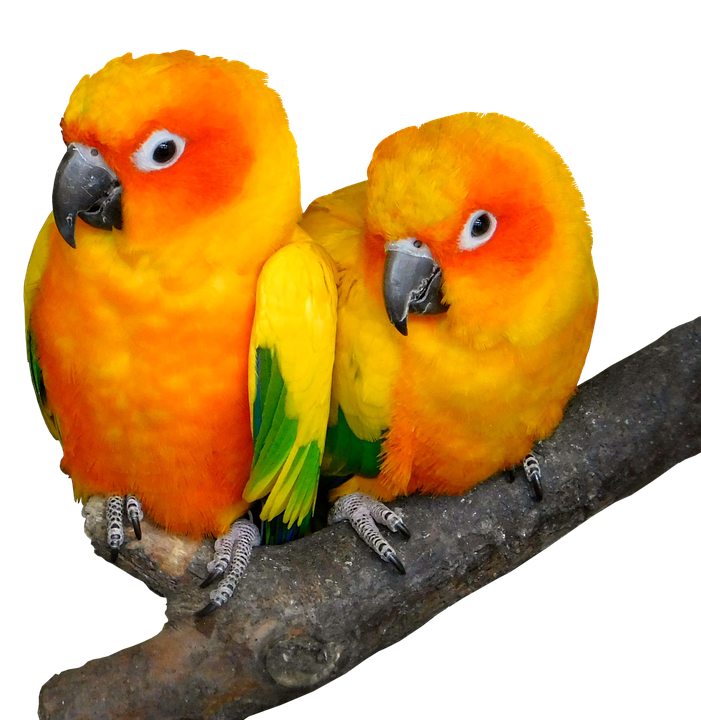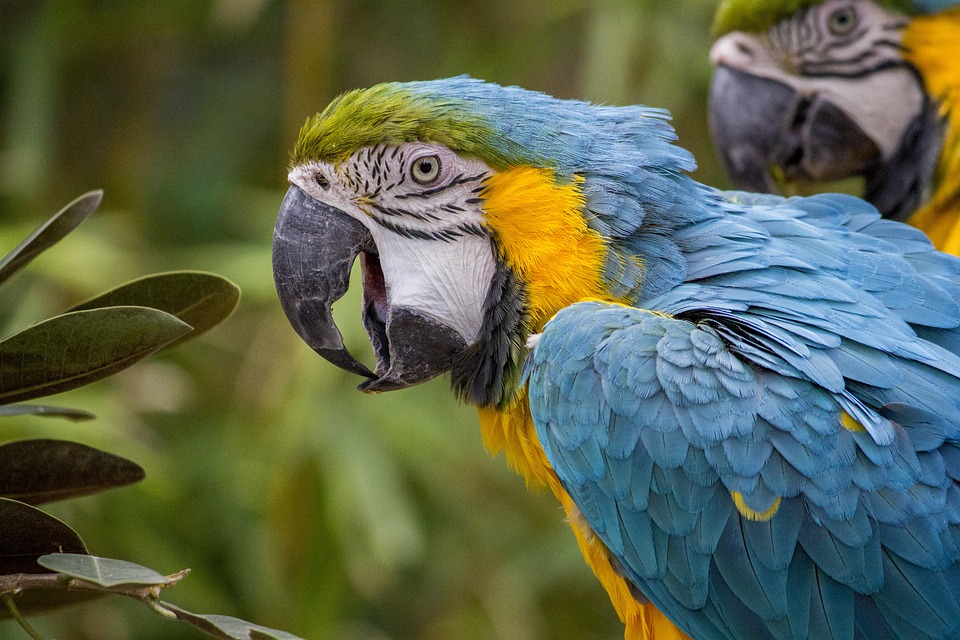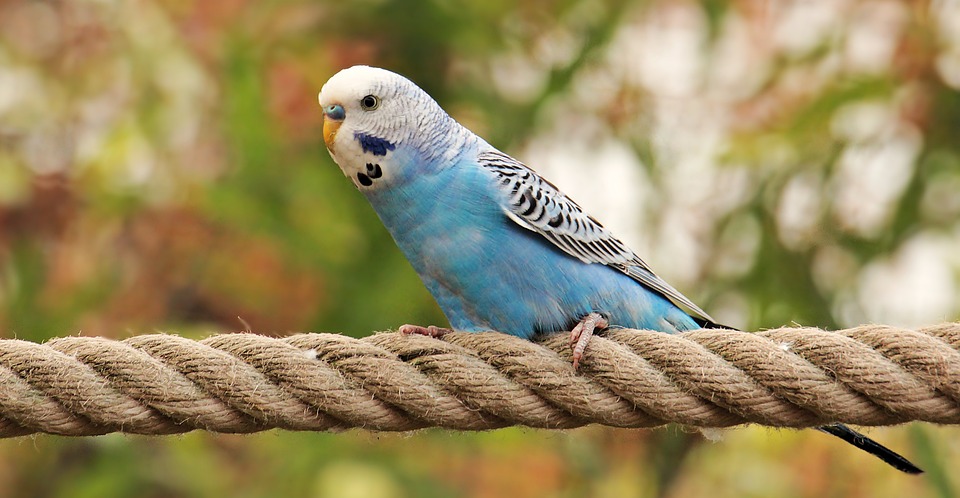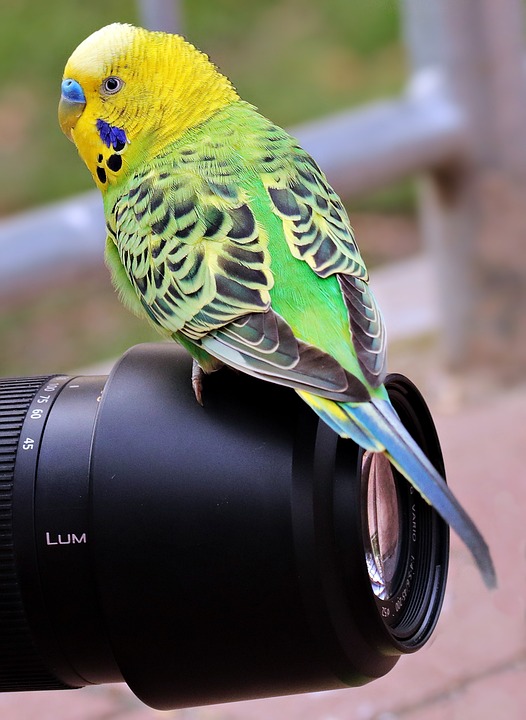Parrots are fascinating creatures known for their intelligence and colorful plumage. While they make delightful companions, it is essential for parrot owners to understand their natural behavior, including their territorial displays. In this article, we will explore the concept of parrot territory, the signs of territorial behavior, and how to manage it effectively. Additionally, we will address some frequently asked questions to provide a comprehensive understanding of parrot territorial displays.
What is Parrot Territory?
Parrot territory refers to the area that a parrot considers as its own and defends against intruders. It is a crucial aspect of their natural behavior, rooted in their instinct for survival and mating. Understanding a parrot’s need for territory is vital for their overall well-being.
A parrot’s need for territory is influenced by various factors, including their natural habitat, social structure, and individual personality. Parrots establish territories to secure food sources, nesting sites, and mates. It provides them with a sense of security and control over their environment.
Signs of Territorial Behavior in Parrots
Parrots exhibit various signs of territorial behavior, which can include vocalizations and calls, aggressive body language, wing spreading, tail fanning, and excessive chewing or destructive behavior.
Vocalizations and calls are common territorial displays in parrots. They use loud and repetitive sounds to communicate their presence and establish their territory. Aggressive body language, such as lunging, biting, or fluffing up their feathers, is another sign of territorial behavior.
Wing spreading and tail fanning are physical displays that parrots use to intimidate potential intruders. By spreading their wings and fanning their tails, they appear larger and more threatening. Excessive chewing and destructive behavior can also be signs of territorial displays, as parrots may try to mark their territory by damaging objects in their environment.
Factors Influencing Parrot Territory
Several factors influence a parrot’s territorial behavior. Understanding these factors can help parrot owners effectively manage their pets’ territorial displays.
Cage and perch placement play a significant role in establishing a parrot’s territory. Providing them with a spacious and strategically positioned cage allows them to feel secure and in control of their environment.
Social interactions and bonding also impact a parrot’s territorial behavior. Parrots may exhibit territorial displays towards family members or other pets if they perceive them as potential threats to their territory. Building trust and a strong bond with your parrot can help reduce territorial behavior towards family members.
Personal space and privacy are essential for parrots. They need a designated area where they can retreat and have some alone time. Providing them with hiding spots or separate perches can help fulfill this need.
Environmental enrichment is crucial for parrots to alleviate boredom and reduce territorial behavior. Offering a variety of toys, puzzles, and foraging activities can keep them mentally stimulated and engaged, reducing their need to defend their territory.
Managing Parrot Territory Effectively
Managing parrot territory effectively is crucial for maintaining a harmonious relationship with your pet. Here are some tips to help you do so:
– Providing adequate space and enclosure is vital. Ensure that your parrot has enough room to move, stretch its wings, and explore its surroundings comfortably.
– Establishing a daily routine can help provide structure and stability for your parrot. Consistency in feeding, playtime, and interaction can reduce stress and minimize territorial behavior.
– Training and socialization are essential for parrots. Positive reinforcement training can help redirect their behavior and teach them alternative ways to interact with their environment.
– Consistency in handling and interaction is crucial. Avoid sudden changes in your behavior or routine, as this can trigger territorial displays in parrots.
FAQ Section
Q1: How can I determine the appropriate size of a cage for my parrot?
A: The appropriate cage size depends on the species and size of your parrot. As a general rule, the cage should be large enough for the bird to fully extend its wings, move around comfortably, and have space for toys and perches.
Q2: Is it normal for my parrot to exhibit territorial behavior towards family members?
A: Parrots may exhibit territorial behavior towards family members if they perceive them as potential threats. Building trust and a strong bond with your parrot can help reduce territorial behavior towards family members.
Q3: Can territorial displays be unlearned through training?
A: Yes, territorial displays can be unlearned through positive reinforcement training. Redirecting the behavior and teaching alternative ways to interact with the environment can help minimize territorial displays.
Q4: What should I do if my parrot’s territorial behavior becomes aggressive?
A: If your parrot’s territorial behavior becomes aggressive, it is essential to consult with avian experts or behaviorists. They can provide specific advice and guidance tailored to your parrot’s needs.
Q5: Are there any specific toys or enrichment activities that can help alleviate territorial behavior?
A: Providing a variety of toys, puzzles, and foraging activities can help alleviate territorial behavior by keeping your parrot mentally stimulated and engaged.
Conclusion
Understanding parrot territory is crucial for providing a healthy and enriching environment for your feathered friend. By recognizing the signs of territorial behavior and implementing effective management techniques, parrot owners can ensure their pets’ well-being while fostering a harmonious relationship. Remember to consult with avian experts or behaviorists if you encounter any persistent or aggressive territorial displays. With proper care and attention, you can create a happy and thriving environment for your beloved parrot companion.

